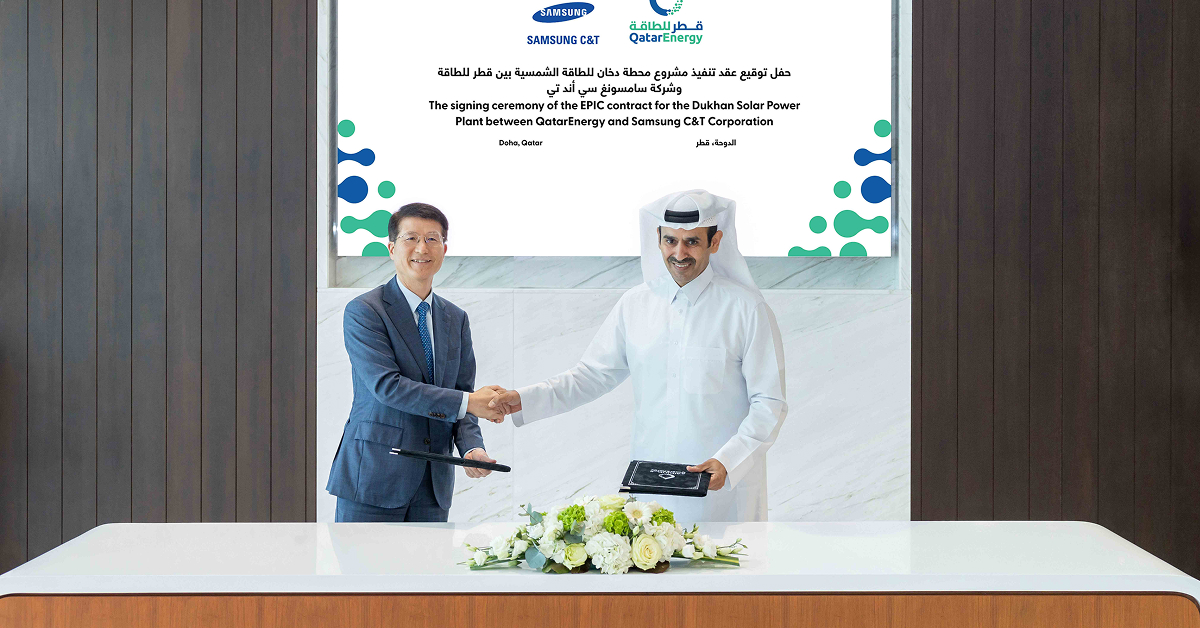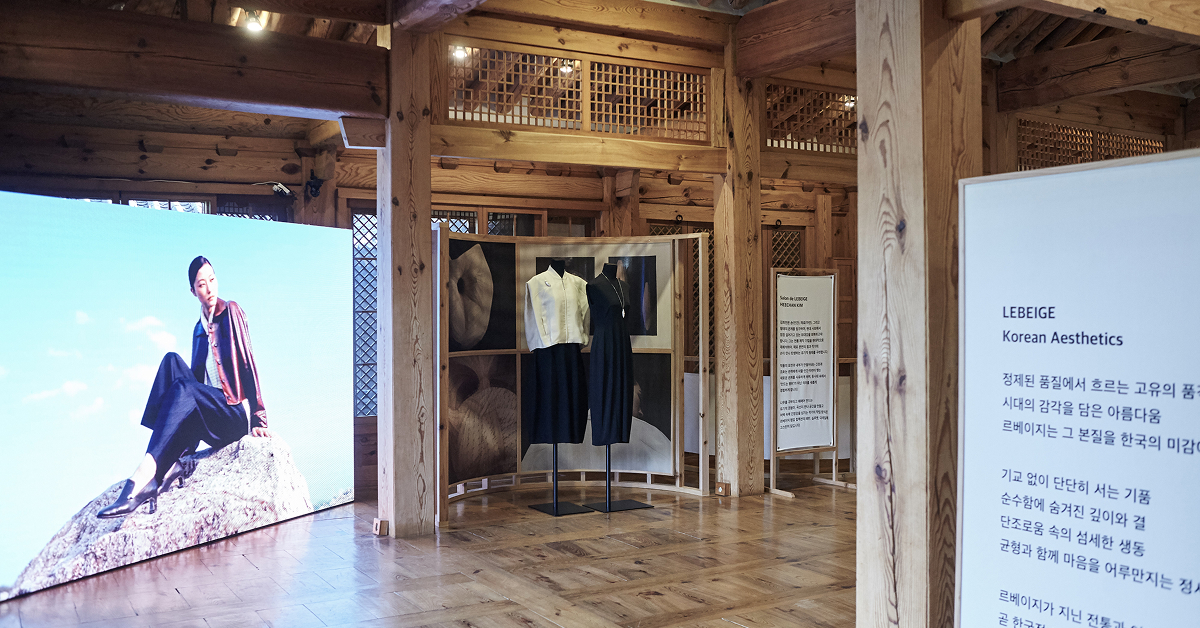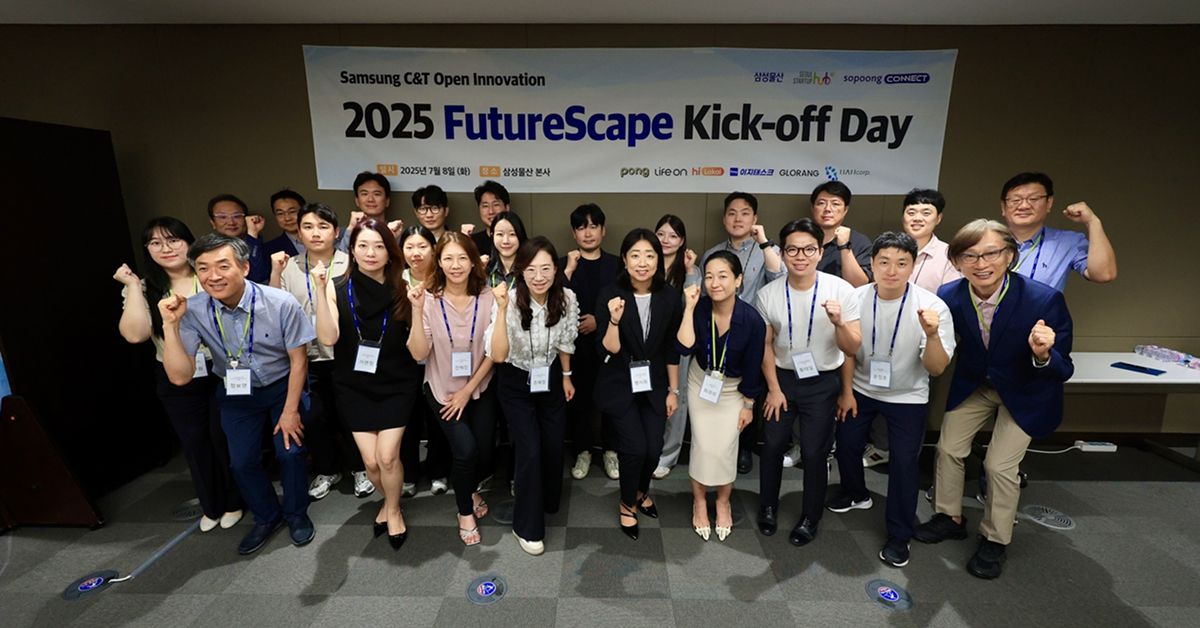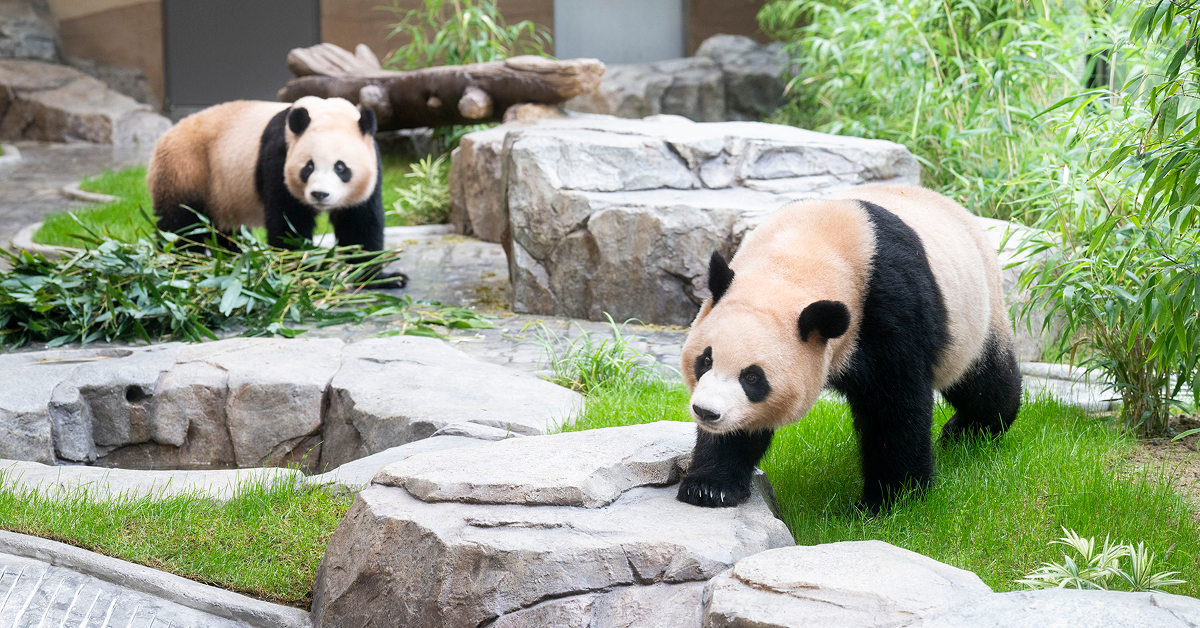
Christmas Arrives Early as Everland Opens Its X-mas Fantasy Festival
December 2, 2025

Samsung C&T Japan Office Partners with eREX for Joint BESS Development
November 27, 2025

Leading the Global SMR Market: Samsung C&T Partners with GVH
October 23, 2025

Powering the Future: Samsung C&T Wins Qatar’s Largest-Ever Solar Project
September 24, 2025

Samsung C&T Japan Office Partners with eREX for Joint BESS Development
November 27, 2025

Steady Through Change: Samsung C&T’s Mining Materials Group
November 4, 2025

The Romantic Casual Collection: 8seconds Collaborates with MINJUKIM
September 30, 2025

Gala de LEBEIGE: A Celebration of Korean Aesthetics
September 16, 2025

Christmas Arrives Early as Everland Opens Its X-mas Fantasy Festival
December 2, 2025

Autumn Arrives at Everland as Fall Foliage Reaches Its Peak
October 29, 2025

Everland to Open ‘KPop Demon Hunters’ Themed Zone
September 25, 2025
Samsung C&T Q3 2025 Earnings
[Overall Performance – Revenue: KRW 10.151T, Operating Profit: KRW 994B] [Revenue]Decreased by KRW 159B compared to KRW 10.310T in Q3 2024Increased by KRW 129B compared to KRW 10.022T in Q2 2025 [Operating Profit]Increased by KRW 258B compared to KRW 736B in Q3 2024Increased by KRW 241B compared to KRW 753B in Q2 2025 < Executive […]
October 28, 2025
Samsung C&T Q2 2025 Earnings
[Overall Performance – Revenue: KRW 10.022T, Operating Profit: KRW 753B] [Revenue]Decreased by KRW 983B compared to KRW 11.005T in Q2 2024Increased by KRW 285B compared to KRW 9.737T in Q1 2025 [Operating Profit]Decreased by KRW 147B compared to KRW 900B in Q2 2024Increased by KRW 29B compared to KRW 724B in Q1 2025 < Executive […]
July 30, 2025
Samsung C&T Q1 2025 Earnings
[ Overall Performance – Revenue: KRW 9.737T, Operating Profit: KRW 724B ] [Revenue] Decreased by KRW 1.059T compared to KRW 10.796T in Q1 2024Decreased by KRW 256B compared to KRW 9.993T in Q4 2024 [Operating Profit] Increased by KRW 12B compared to KRW 712B in Q1 2024Increased by KRW 89B compared to KRW 635B in […]
April 30, 2025
ABOUT SAMSUNG C&T

Overview
A quick glance at Samsung C&T

History
How we got to where we are

ESG
A strategy and framework

IR
The financial details

Engineering & Construction
Creating the infrastructure of the future

Trading & Investment
Creating global value

Fashion
Innovation in global lifestyle

Resort
Designing what can delight everyone
IN NUMBERS
45
Countries
126
Offices
9,380
Employees
61.9 Trillion KRW
Total Assets
42.1 Trillion KRW
Sales
2.9Trillion KRW
Operating Profit
As of 2024
















